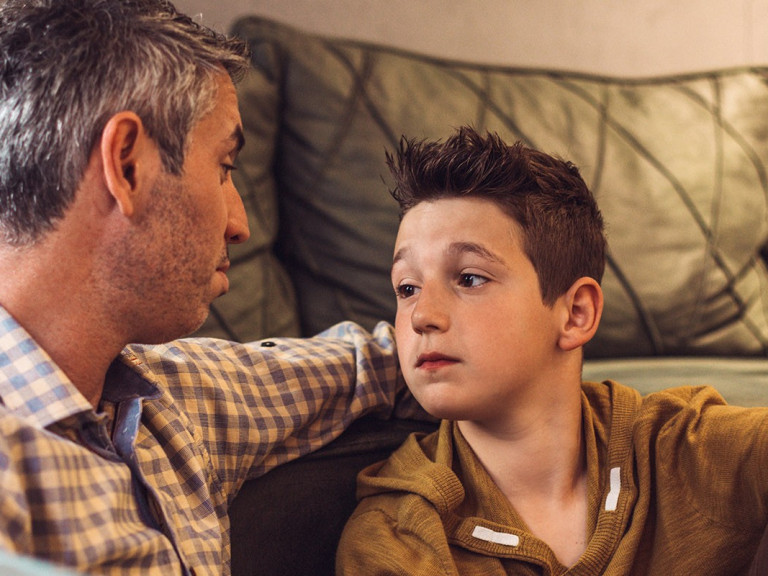Self-Harm Behaviors in Teenagers
Self-harm affects nearly one percent of people in the U.S. Teenagers are particularly susceptible to self-harm, with girls being four times more likely to self harm than boys. Over ten percent of teenagers are thought to have at least experimented with self-mutilation.
Common methods of self-harm include:
- burning (often with a cigarette)
- branding
- biting
- cutting
- head banging
- pulling at skin or hair
- hitting
- bruising
- marking
Reasons Teenagers Use Self-Harm
Rather than indicating a suicidal tendency, self-harm and self-cutting, in particular, may be used as coping mechanisms. When feelings become too much to bear, teenagers may become introverted and consider or experiment with self-harming. Recent research finds that the two main emotions felt by those who self-harm are anger and anxiety.
Physically, self-harm is thought to release endorphins, which results in teenagers feeling a “high” immediately after cutting themselves. Self-harm is as common as eating disorders in teenagers.
Psychologically, many potential triggers can lead to self-harm:
- low self-esteem
- inability to control impulses
- high levels of anxiety
- apparent inability to cope with difficult situations
- tendency to hide away in their own space for hours on end
- underlying psychological conditions such as bipolar disorder or depression
- a tendency towards hyper-sensitivity
- feeling invisible or unaccepted by parents or peers
A Parent’s Role in Preventing Self-Harm Behavior in Teenagers
Recognize your own role in inadvertently encouraging your child to self-harm. Many teenagers are rushed and overscheduled by their parents; this lack of control over their own lives can cause feelings of anxiety, which may trigger self-harm.
- Become knowledgeable on the issue of self-harm. Find out as much as possible on the subject. Understanding the condition will help you to understand your teen.
- Spend time with your teenager. Numerous self-harmers suggest that feeling invisible to their parents was a major contributor to their self-mutilation.
- Keep the lines of communication open with your teenager. Encourage them to discuss their problems, either with you or another adult if they prefer.
- Consider enrolling your teenager in a skill-building group where he or she can learn to deal with overwhelming emotions in a non-destructive manner. Other coping strategies that can be practiced with your teenager include breathing exercises, journaling or counting to ten.
Above all, parents of teenagers who self-harm must ensure that they listen to their teen, reserve judgment and avoid issuing ultimatums.







![Danca_Gina_2[42]](https://goodmanpsych.com/wp-content/uploads/freshizer/e00607ea6c3f8baac1c3ed5d3a488d6f_Danca_Gina_242-768-768-c-90.jpg)

























